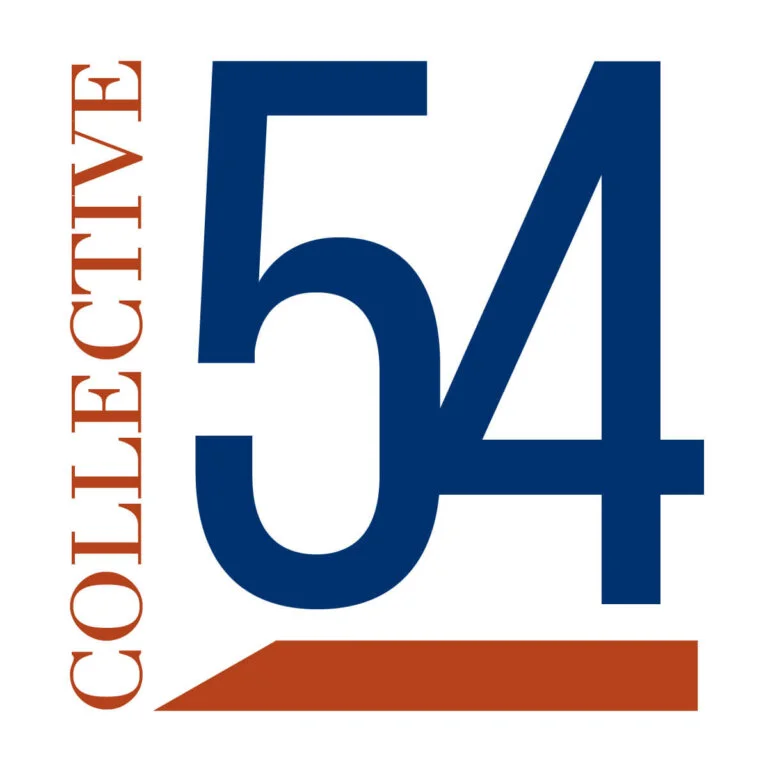|
Getting your Trinity Audio player ready... |
Scaling Valleys: Why Growth in Professional Services Feels Like a Series of Cliff Dives

When I started Newpoint Advisors, I thought scaling a professional services firm would be a straight line — a predictable path where each win stacked neatly on top of the last. Not unlike getting on an elevator and going up. If you had the right service, the elevator just went up. You only had to be patient. Boy, was I wrong.
As a turnaround professional focused on small businesses, I’ve seen dozens of companies between $5 million and $50 million in revenue get stuck in the same elevator — not because the market turned against them, but because growth itself exposed what wasn’t built to scale. I call those moments “valleys of death.” I think of them as the price of progress — the unavoidable dips between plateaus of stability.
Each valley looks different, but the pattern is consistent: every time you roughly double your business, what worked before starts working against you. At Newpoint, we not only work with small companies in crisis, where a lot of that has come from growth, but we also track the data. One observation we have been able to make is that in the continuum of $5 million to $50 million, your chances of surviving one of these “valleys of death” do not change. Getting bigger does not make you more resilient to the needs and pressure for change at scale. The second observation is more dire: roughly 33% of companies make the change at each level, 33% fail to make the changes, and most morbidly, 33% of owners refuse to make changes. Perhaps the latter group will become lifestyle businesses at a smaller and profitable level. I would like to think so, but I also know that because those companies did not make the necessary changes, they remain vulnerable to future shocks even if they don’t die from scaling at that level.
I think this illustration can provide some light from several real-world examples. And for part of this demonstration, I will use Newpoint as one of the specimens.
The $5 Million Cliff: When Founder-Led Growth Runs Out of Road
For years, our sales strategy at Newpoint was simple: I did it myself. Founders are often their best salespeople because they’re passionate, informed, and persistent. But eventually, you run out of hours and emotional bandwidth.
Our first attempt to scale sales was a patchwork. We hired 1099s on commission — a disaster. We promoted senior advisors into sales roles — talented people, but not wired for the chase. We brought in experienced professional sellers — smart, but culturally misaligned. Each iteration failed differently.
It wasn’t just a sales problem. It was a structure problem. We were still behaving like a founder-led firm with a professional sales veneer. The first valley taught us this: scaling is never just about adding capacity — it’s about replacing instincts with systems.
The $10 Million Cliff: Hiring to Hope
I’ve seen clients fall into this one many times. After years of scarcity, the business finally feels flush. Revenue is climbing. So, the natural instinct is to add people — lots of them.
But growth hides inefficiency. One Newpoint’s clients grew to $10 million in revenue and nearly died under the weight of its own payroll. They were hiring for future work that hadn’t arrived yet and measuring activity instead of outcomes.
When you start hiring “just in case,” of because you think you are that good at selling, it’s a sign you’ve lost the connection between revenue, productivity, and cash flow. The valley at $10 million is a test of discipline: can you scale people slower than your ambition?
The $20 Million Cliff: Swelling vs. Scaling
In another story from our cases, at $20 million, the problems get more sophisticated. You’ve built a management team, maybe a few layers of hierarchy. It feels like real scale — until you realize you’re still concentrated in two or three big customers.
One of our clients hit $20 million and discovered that 70% of revenue came from three relationships. They weren’t scaling; they were swelling — growing outward without building depth. In this case, one customer delayed payment, the entire organization seized up. In other cases, we have seen the large corporate buyer make more and more demands, and because of concentration, the business owner acquiesces to save the relationship, and a vicious cycle emerges that runs you out of cash at some point.
The key performance indicators that mattered at $5 million — revenue growth and utilization — didn’t tell the story anymore. At $20 million, the real metric is resilience: diversification of clients, processes, and leadership.
The $40 Million Cliff: Throwing People at Problems
The $40 million valley is the hardest to see because it hides inside success.
One client doubled from $20 million to $40 million by hiring faster than process could keep up. At first, it looked like momentum — more people, more projects, more noise. Then margins collapsed. Client satisfaction dipped. Cash flow stretched thin because invoices were chasing the chaos. There was growth, but scale had eluded the owner.
When you start solving every problem with a new hire, you’re no longer scaling — you’re patching. The valley at $40 million tests a firm’s ability to trade people for process. Systems, not headcount, become the real multiplier.
The Throughline: Every Plateau Demands a New Playbook
Greg Alexander, founder of Collective 54 and author of The Boutique, defines a professional services firm’s life cycle as Start → Scale → Sell.
That middle stage — Scale — is where most firms stall, not because they lack opportunity, but because they fail to evolve their operating system.
The same discipline that rescues distressed companies applies to healthy, growing ones: every doubling in revenue requires a new way of thinking about people, systems, and metrics.
At $5 million, founders must learn to let go of control.
At $10 million, they must balance their sales with their operational scale.
At $20 million, they must build resilience into the model.
At $40 million, they must professionalize without losing culture.
In The Boutique, Alexander calls it “graduating from heroics to habits.” The firms that survive scaling valleys are the ones that install discipline before disaster forces it.
The Final Valley: Accepting That Growth Isn’t Linear
Turnaround work has taught me that growth doesn’t fail when you hit a wall — it fails when you pretend the wall isn’t there. The statistics point this out, with nearly 1/3 of business owners failing to recognize that they have a problem. The emotion and mindset are real, and others are going through what you are going through. But are you going to do something about it? Statistically, the answer is, not on your own.
For boutique founders, the challenge isn’t whether valleys will come, but how quickly you can recognize the terrain and adapt. About 33% of founders will fail to make the changes even when they see it staring right back at them.
Each new level of growth exposes what you’ve outgrown: your org chart, your KPIs, even your leadership style. Scaling isn’t an elevator ride, and it is not a single “valley of death.” It’s a series of smaller deaths — of habits, assumptions, and business models that no longer fit.
At Newpoint, we’ve learned to see those moments not as setbacks, but as signals. Every valley is an invitation to evolve. Evolving includes seeking help for the journey.
